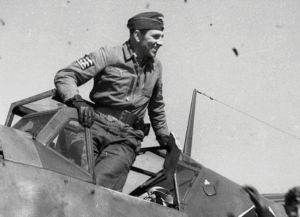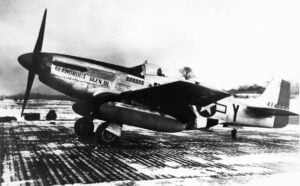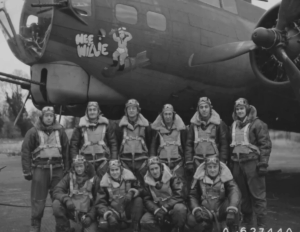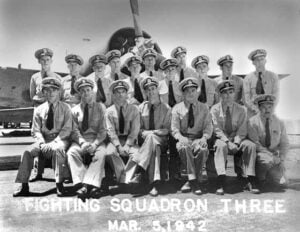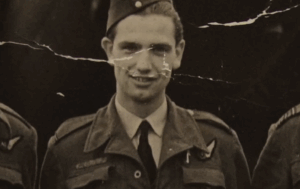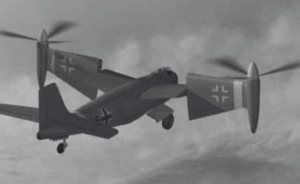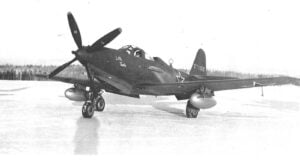The Night One Submarine Took on an Entire Convoy
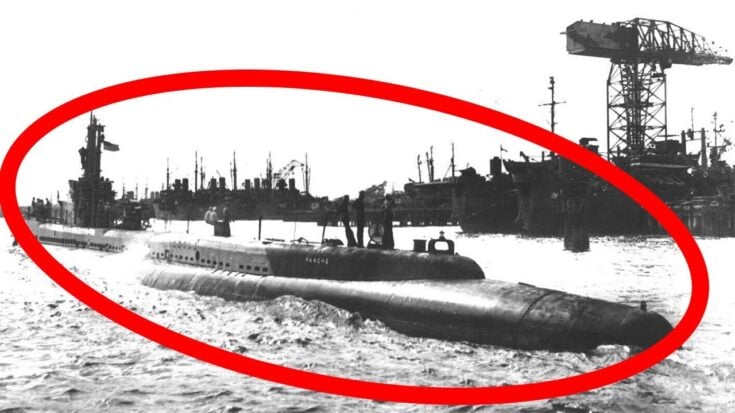
YouTube / Dark Seas
In July 1944, deep in the South China Sea, Commander Lawson “Red” Ramage and his crew aboard the submarine USS Parche pulled off one of the most daring attacks in naval history. Frustrated after weeks of fruitless hunting, Ramage was determined to find his prey—and when he finally did, he didn’t hold back.
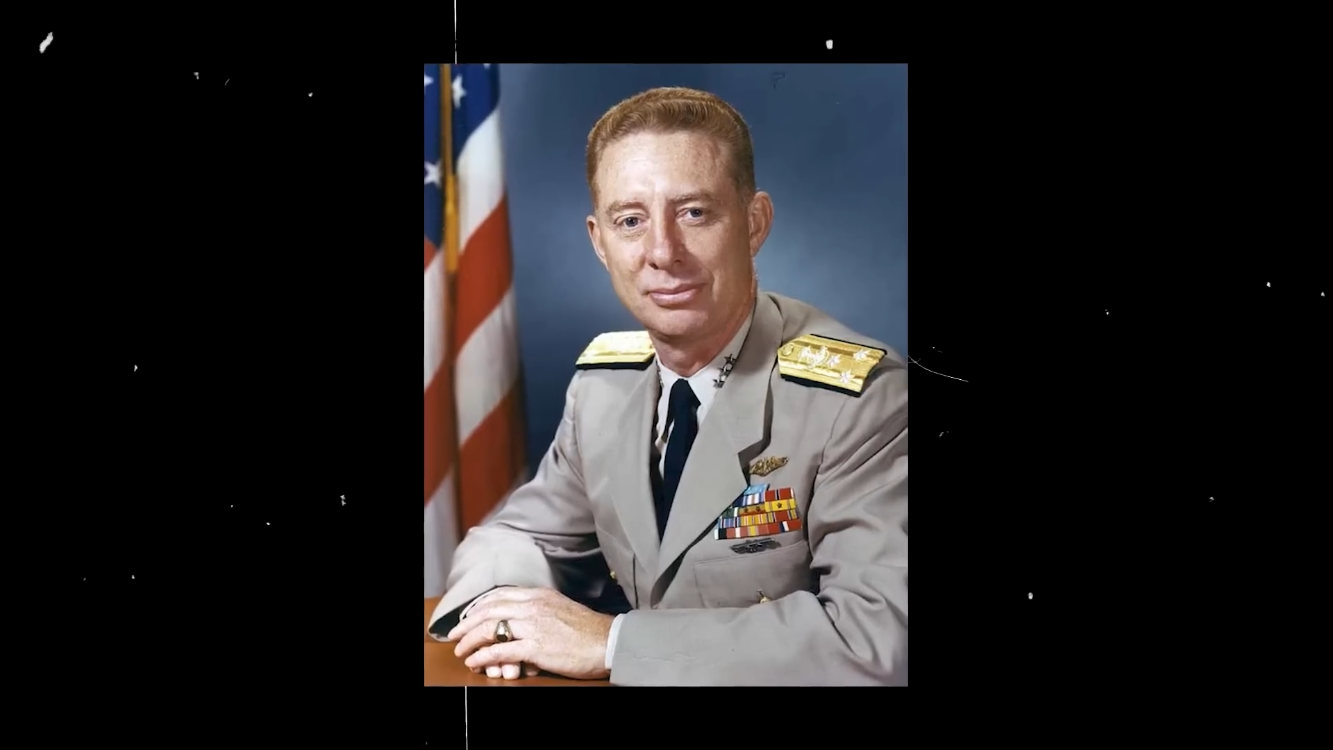
The Hunt Begins
Ramage’s submarine was part of a three-boat “wolf pack” nicknamed Park’s Pirates, operating alongside Steelhead and Hammerhead. Their mission: intercept Japanese convoys running supplies and troops through the Luzon Strait. But the hunt proved maddening. Miscommunications and false reports led Ramage in circles for days, with one mix-up sending him miles away from the real target.
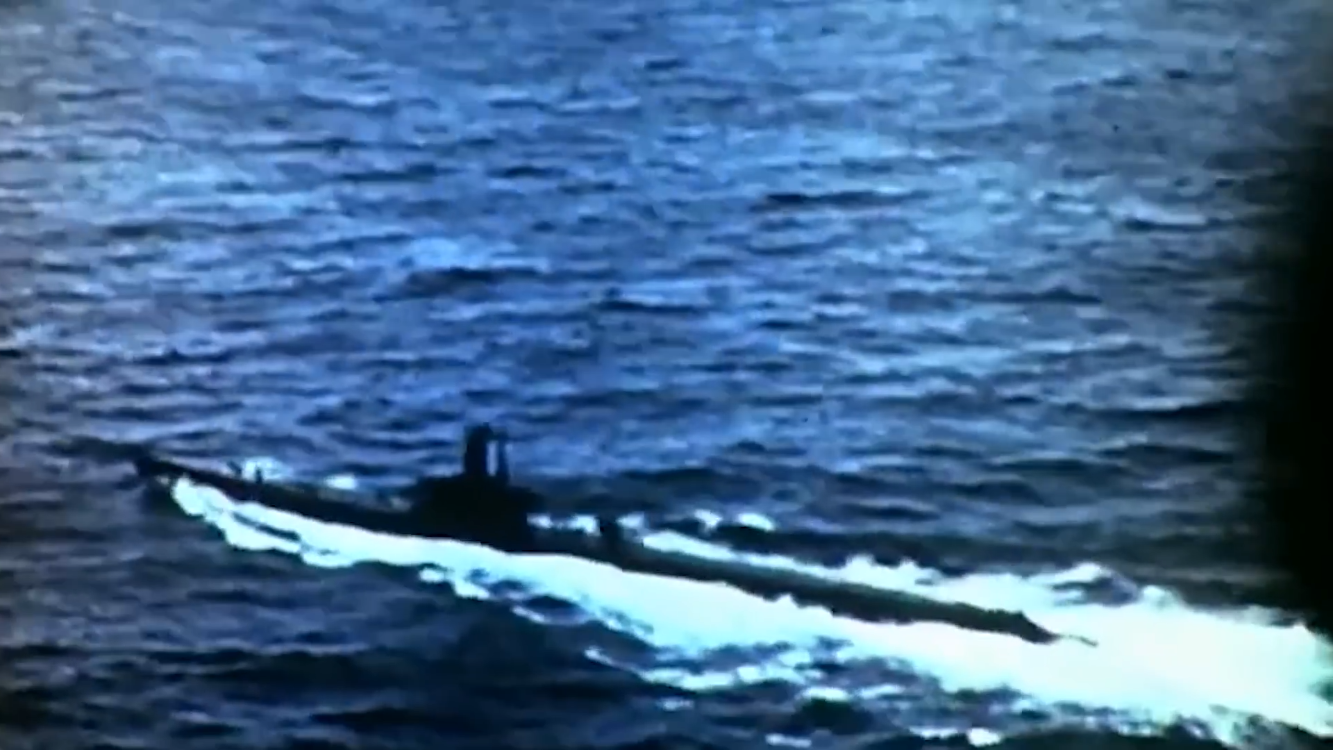
Then, in the early hours of July 31, fortune turned. Steelhead sighted a massive Japanese convoy—18 ships escorted by seven warships—and radioed its position. Ramage raced toward the contact, determined to strike before dawn.
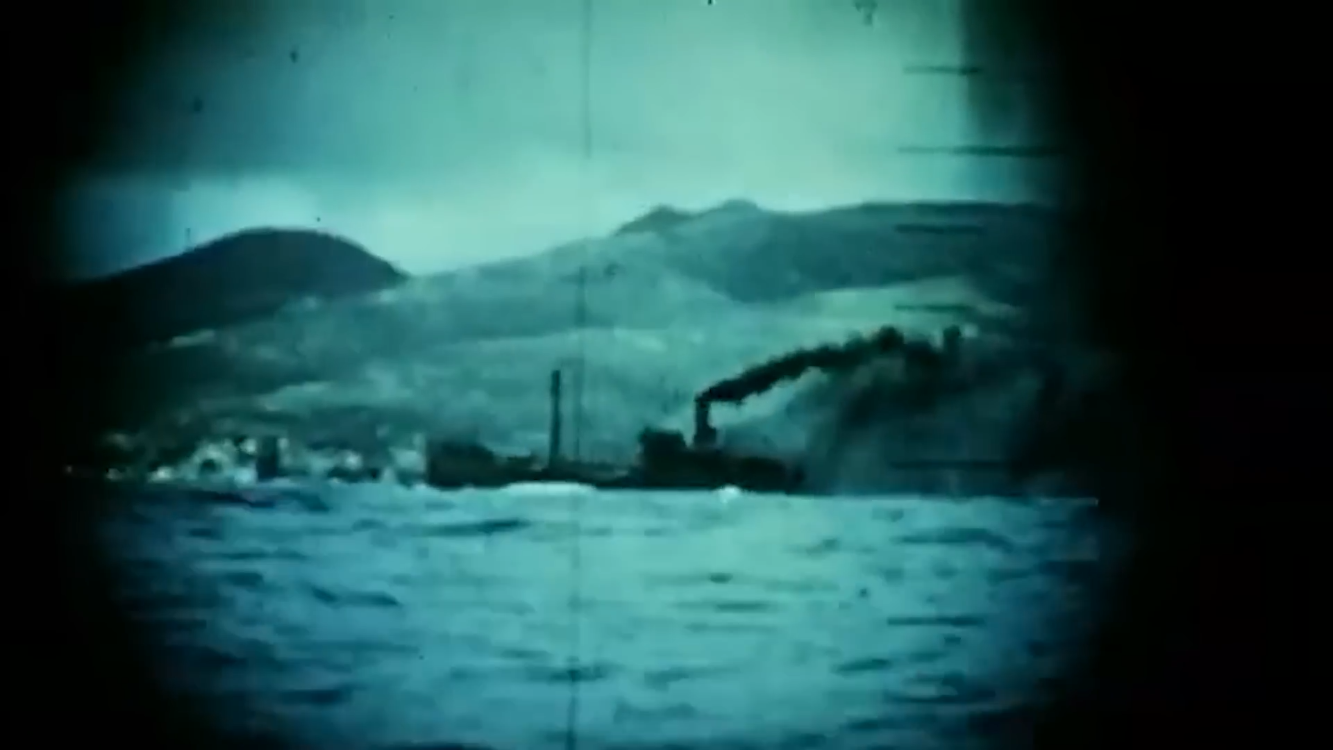
Into the Fire
At 3:56 a.m., Parche opened fire. Torpedoes streaked through the dark, slamming into tankers and transports as Japanese ships erupted in chaos. Ramage stayed on the surface, weaving between enemy vessels while flares and shells lit up the night. Refusing to dive for safety, he ordered his crew to reload torpedo tubes on the open sea—a first in submarine warfare.
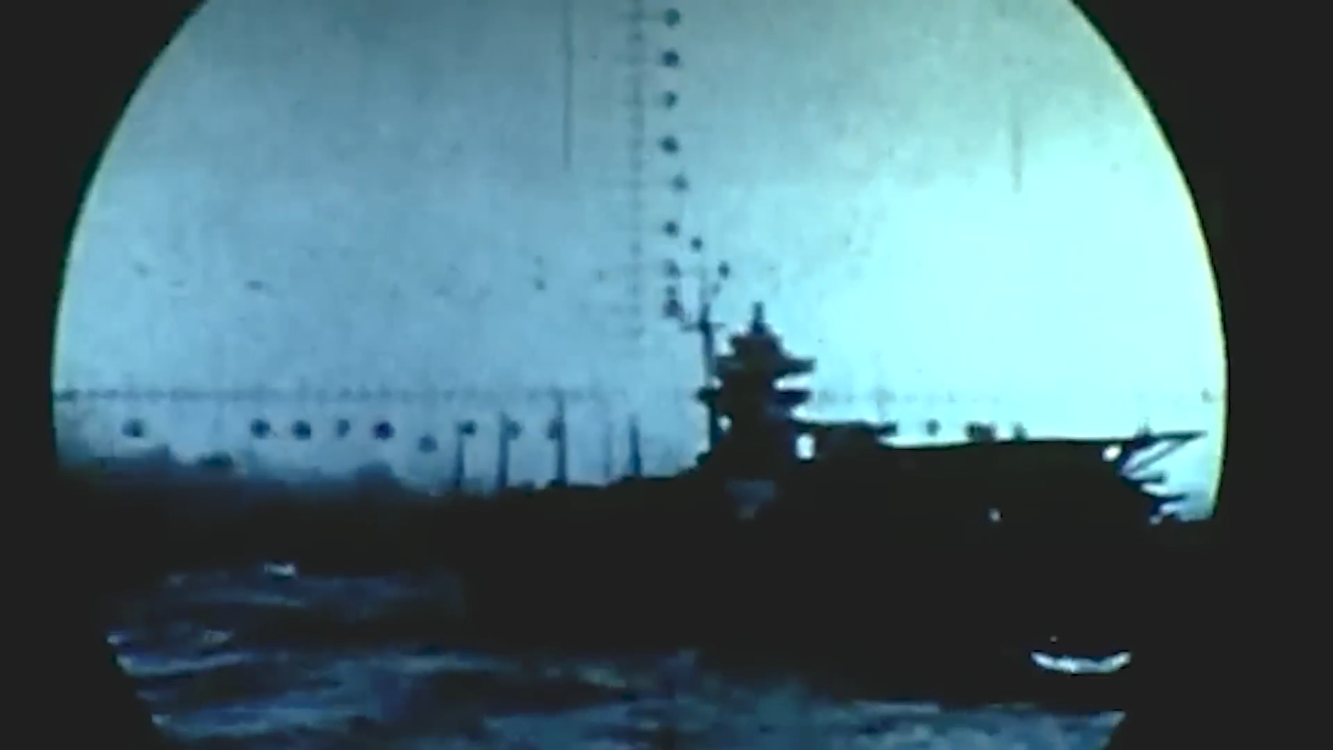
For 34 blistering minutes, Parche attacked relentlessly. Four Japanese ships, totaling over 28,000 tons, were sunk before sunrise.
A Medal of Honor Moment
The battle, soon dubbed “Ramage’s Rampage,” became legendary. It was the most intense submarine surface action of World War II. For his extraordinary bravery, Ramage received the Medal of Honor—the only living U.S. submariner to do so during the war. But in true fashion, he credited his crew, insisting every man aboard Parche shared the honor.














